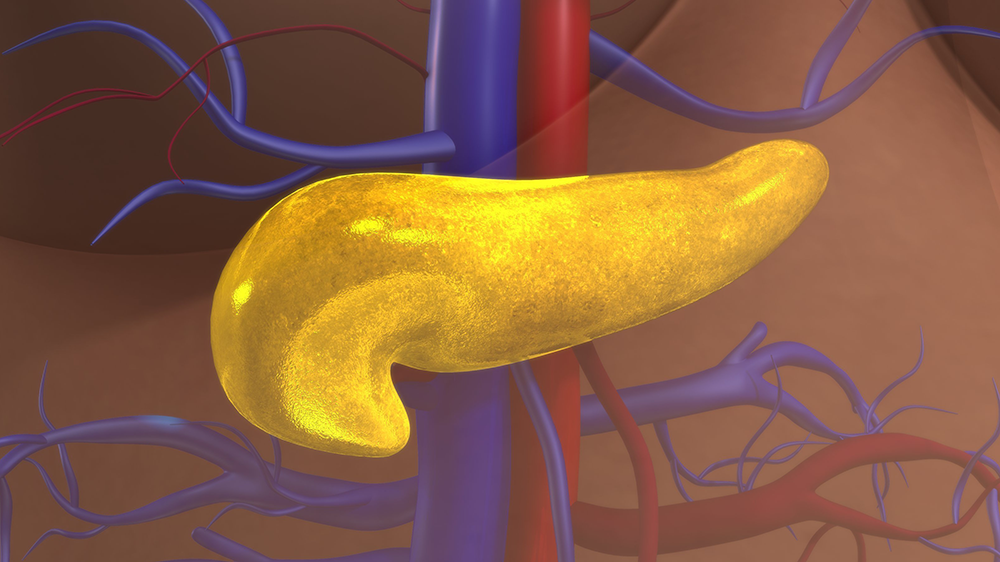Key Points
- Histotripsy is a non-thermal method of using focused ultrasound to mechanically destroy target tissue.
- Preclinical research suggests that using ultrasound-guided histotripsy to ablate tumor tissue can elicit an immune response.
Researchers at Virginia Tech and the Virginia-Maryland College of Veterinary Medicine sought to determine whether ultrasound-guided histotripsy, a non-thermal tumor ablation ultrasound application, could cause in vitro and in vivo models of pancreatic cancer to release more tumor antigens (immune-stimulating molecules) than other ablation modalities. For the in vitro experiment, histotripsy was similar to other non-thermal ablation modalities and superior to thermal ablation modalities. In the in vivo studies, the tumor microenvironment changed over time. Mice with pancreatic tumors showed significant improvements in survival, increased activation of the innate immune system, and decreased tumor-associated immune cell populations. The group found histotripsy to be a feasible modality for pancreatic cancer ablation and activation of the innate immune system.
See IEEE Transactions on Ultrasonics, Ferroelectrics, and Frequency Control >

 Histotripsy Ablation Alters the Tumor Microenvironment and Promotes Immune System Activation in a Subcutaneous Model of Pancreatic Cancer
Histotripsy Ablation Alters the Tumor Microenvironment and Promotes Immune System Activation in a Subcutaneous Model of Pancreatic Cancer